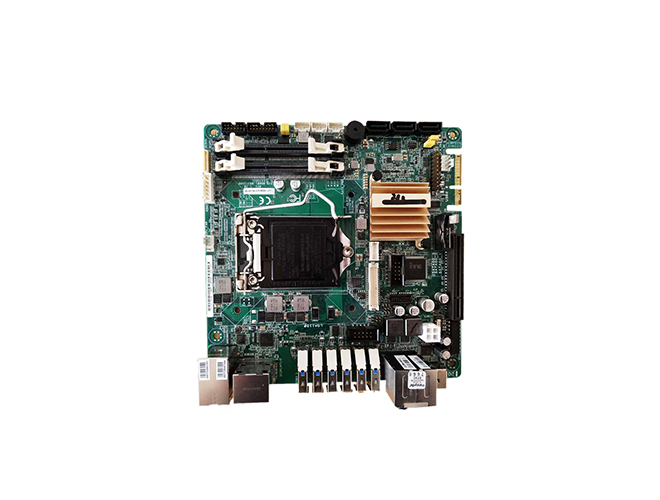-
CN
-
Service Hotline
+8618129931046 Mr. Liao


Time:2025-07-09 Views:1

The Low-Temperature Co-fired Ceramic (LTCC) process has emerged as a revolutionary technology in the fabrication of Flexible Printed Circuit (FPC) boards, enabling the creation of highly integrated, compact, and reliable electronic components. LTCC involves the co-firing of ceramic materials and metal conductors at temperatures typically below 900°C, which is significantly lower compared to traditional high-temperature co-fired ceramic processes. This lower firing temperature allows for the use of a wider range of metals, such as silver, gold, and copper, which have excellent electrical conductivity and can be easily patterned using photolithography techniques.
In the context of FPC boards, the LTCC process offers several distinct advantages. Firstly, it enables the integration of passive components, such as resistors, capacitors, and inductors, directly onto the ceramic substrate. This integration reduces the overall size and weight of the FPC board, making it ideal for applications where space is at a premium, such as in wearable devices, medical implants, and aerospace electronics. Secondly, the LTCC process provides excellent electrical insulation and thermal stability, which helps to improve the reliability and performance of the FPC board. The ceramic substrate has a low dielectric constant and low loss tangent, which minimizes signal attenuation and interference, ensuring high-speed and accurate data transmission.
The LTCC process for FPC boards typically involves several steps, including tape casting, punching, printing, laminating, and co-firing. In the tape casting step, a ceramic powder is mixed with a binder and solvent to form a slurry, which is then cast into a thin tape. The tape is then dried and cut into individual sheets, which are punched with holes for vias and component placement. In the printing step, metal conductors and passive components are printed onto the ceramic tape using screen printing or inkjet printing techniques. The printed tapes are then laminated together under high pressure and temperature to form a multi-layer structure. Finally, the laminated structure is co-fired in a furnace to sinter the ceramic and metal components, forming a single, monolithic structure.
Despite its many advantages, the LTCC process for FPC boards also has some challenges. One of the main challenges is the high cost of the ceramic materials and the specialized equipment required for the process. Additionally, the LTCC process requires a high level of precision and control, which can be difficult to achieve, especially for complex designs. However, as the demand for smaller, more powerful, and more reliable electronic devices continues to grow, the LTCC process is expected to become increasingly important in the fabrication of FPC boards.